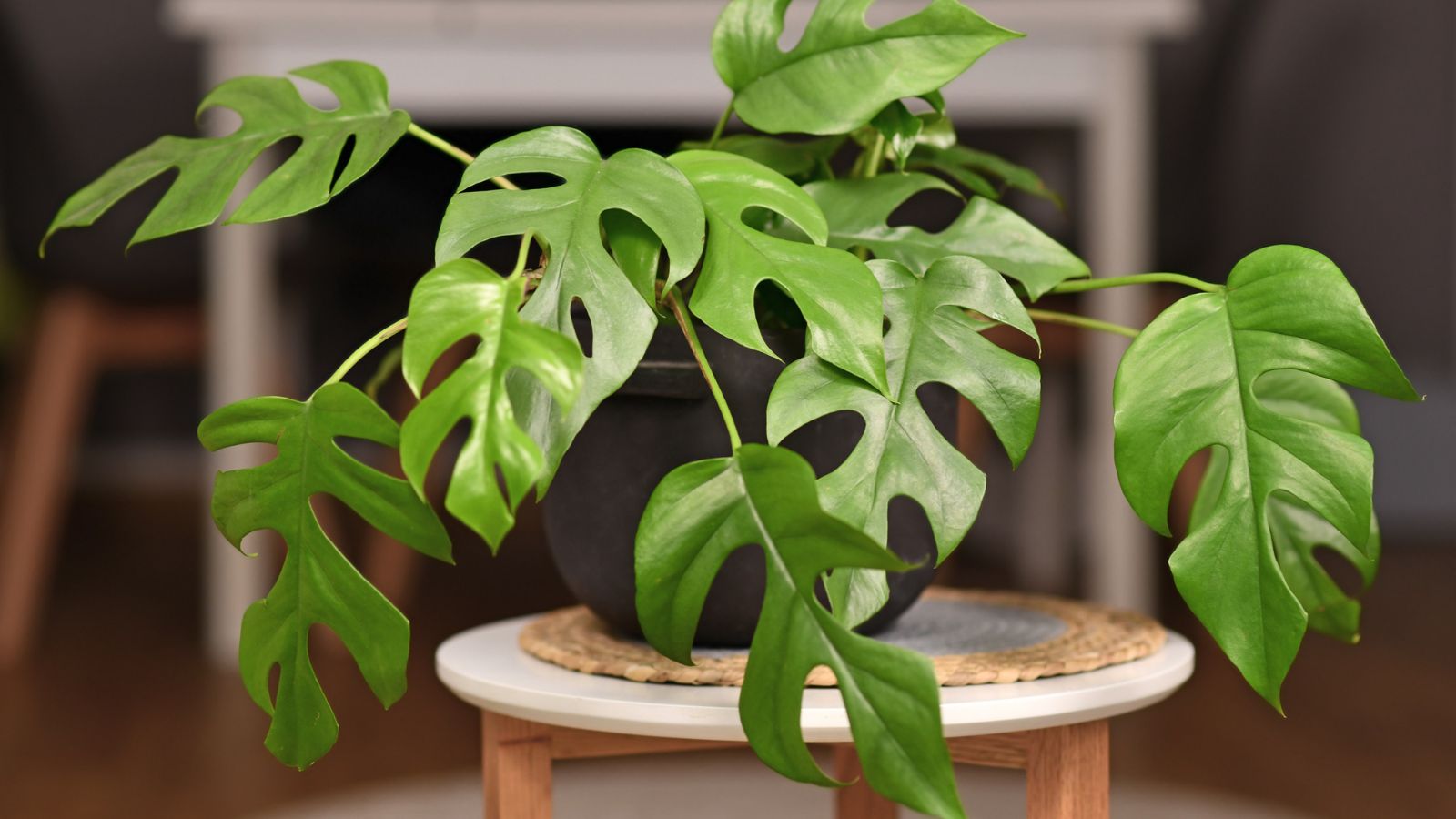[ad_1]
The lower up leaves of Rhaphidophora tetrasperma are pretty paying homage to one amongst its cousins, Monstera deliciosa. Nonetheless it’s a very utterly completely different plant which is tremendously frequent!
A bit unusual to hunt out in the marketplace, this beautiful vining plant has putting fenestrated leaves. It’s commonly known as the “mini monstera plant” as a result of it resembles its relative nevertheless in miniature. Evergreen and plush, this tropical is an effective candidate as a houseplant. And for individuals who keep in a warmth native climate, it’s possible you’ll coax it to develop exterior, too!
We’re providing all of the data we’ve now on the market on this beautiful, split-leaved shock. It seems infused with the will to develop, so even rookies can have a easy time with this tropical. Let’s go over each half it is important know to develop it!
Plant Overview
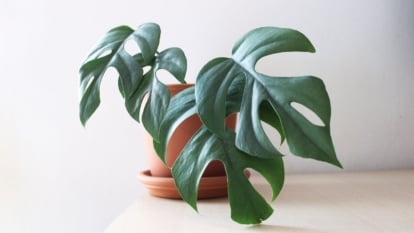

|
|
|
|
What’s Rhaphidophora Tetrasperma?
Rhaphidophora tetrasperma is a novel plant from the Araceae family. Its leaves appear as if miniatures of 1 different plant, Monstera deliciosa, which is why it’s commonly known as mini monstera. Nonetheless, it’s a very utterly completely different species, with quite a bit smaller leaves and no edible fruit.
The mini monstera moreover goes by the names of Philodendron ‘Piccolo’ and ginny philodendron.
Native Area
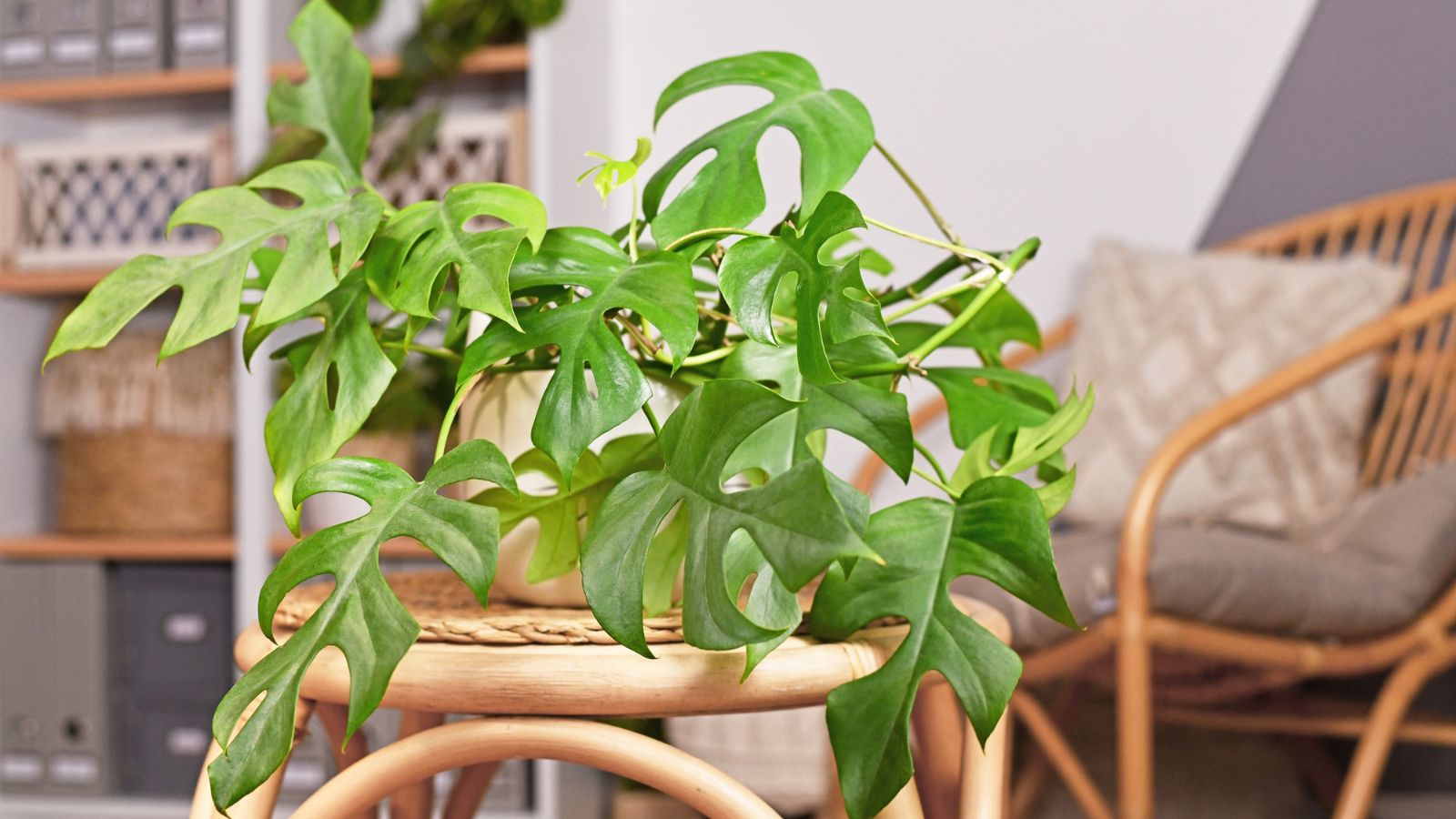

The evergreen vining plant is native to Malaysia and Southern Thailand. These vining vegetation use their aerial roots to climb timber or trellises. These roots latch on to irrespective of they’re clambering as a lot as stabilize them as they develop.
Traits
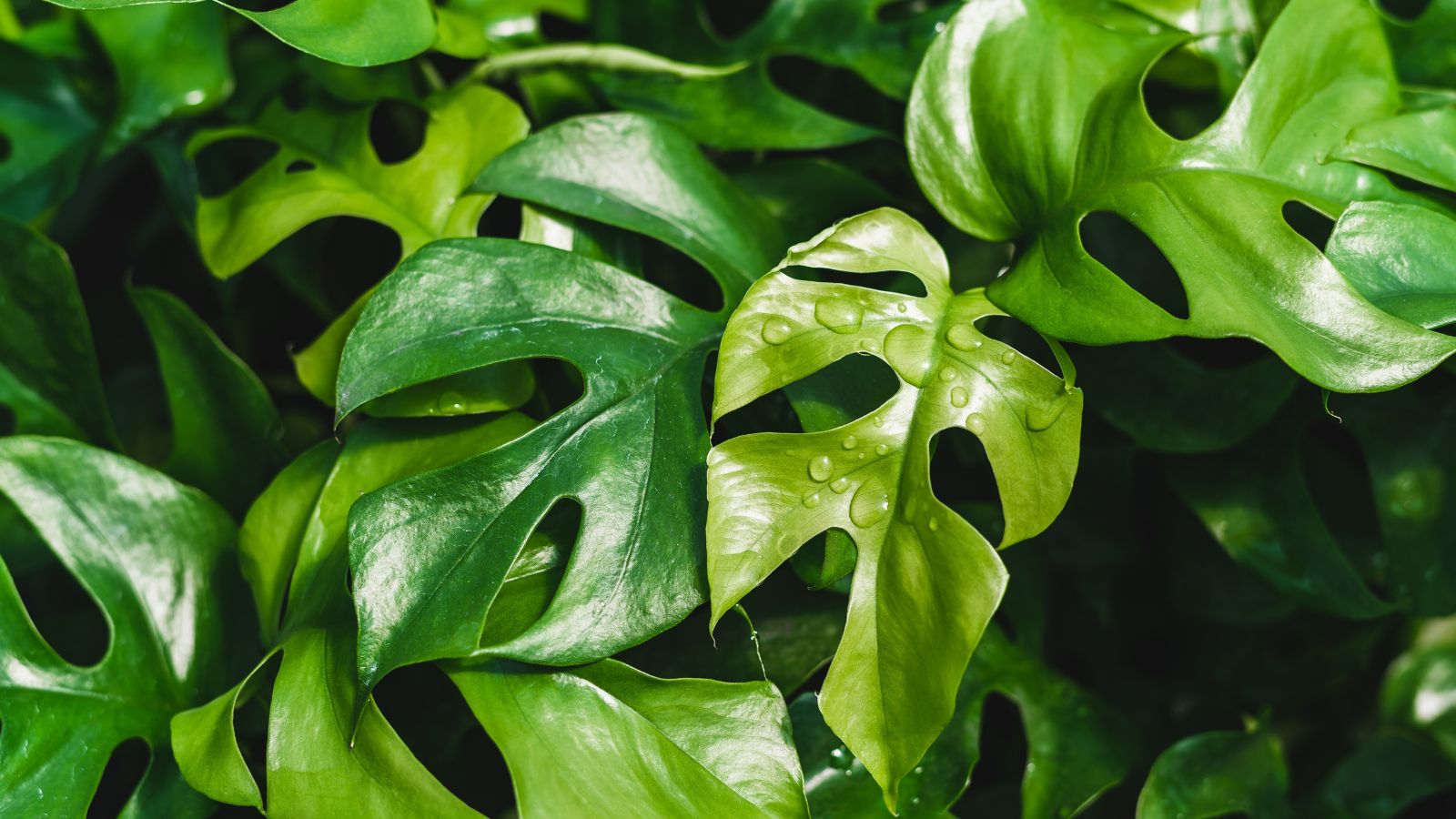

It has small and dainty ornamental leaves with six-inch lower up lobes. The splits appear as if dwelling home windows throughout the leaf, nevertheless they proceed to be small.
With small, inexperienced foliage, this plant grows fast and prefers moist circumstances. It could attain as a lot as a high of 12 toes, counting on the native circumstances. As a houseplant, it’s normally maintained at spherical 4 to five toes dimension vines.
Planting
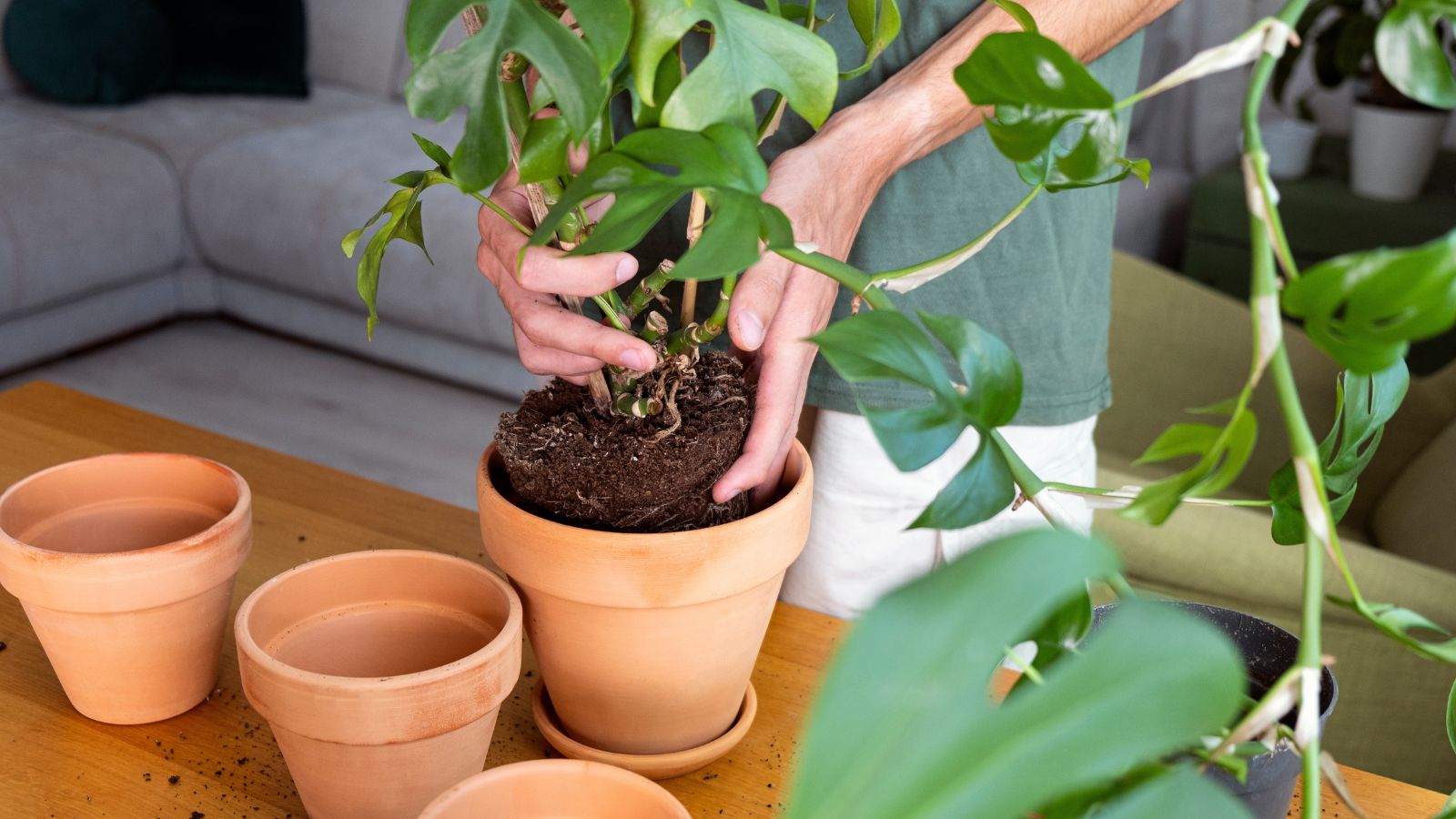

This plant is type of eager on having loads of room for root enchancment. Everytime you pot it up, assure it’s in a deep container. Assume a full-sized specimen goes to want a pot that’s at least ten inches in diameter, nevertheless it should presumably attain widths of 20″ over time. Choose a pot that is an inch or two wider than your current one, with at least ten inches of depth and possibly further.
Strategies to Develop
Rhaphidophora tetrasperma is great simple to maintain. This beautiful plant is right for bringing life into your residing space. Nonetheless it does need only a few points to thrive.
Light
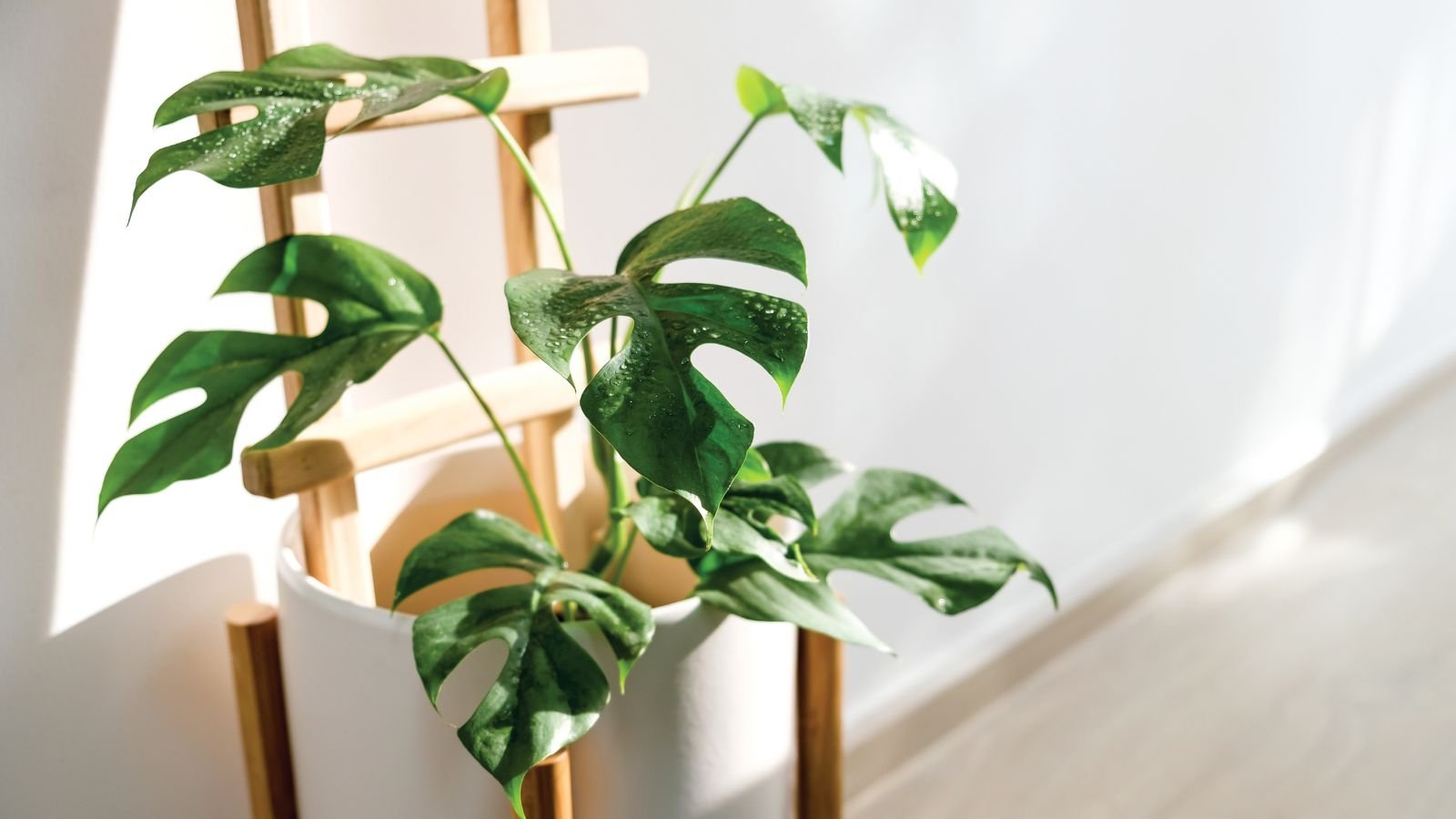

Sensible, indirect delicate is correct to your Rhaphidophora tetrasperma. Its leaves are fashioned in a technique that makes the lots of the ambient delicate in its area. Whereas it should presumably’t tolerate quite a few direct daylight, vivid nevertheless indirect lighting mimics what it naturally will get throughout the wild. In case you lack an excellent location out of doors that gives the right lighting requirements, use a 20%-40% shade materials to dam a couple of of the harsher rays and mellow the daylight.
These rising it indoors ought to ensure it should get a great deal of delicate, too. Avoid direct daylight on account of it should presumably scorch the delicate leaves. Japanese publicity dwelling home windows usually current an excellent amount of sunshine for this plant, and a develop light can add additional ambient lighting. Avoid low-light circumstances which may gradual the enlargement worth and in the reduction of its leafy foliage.
Water
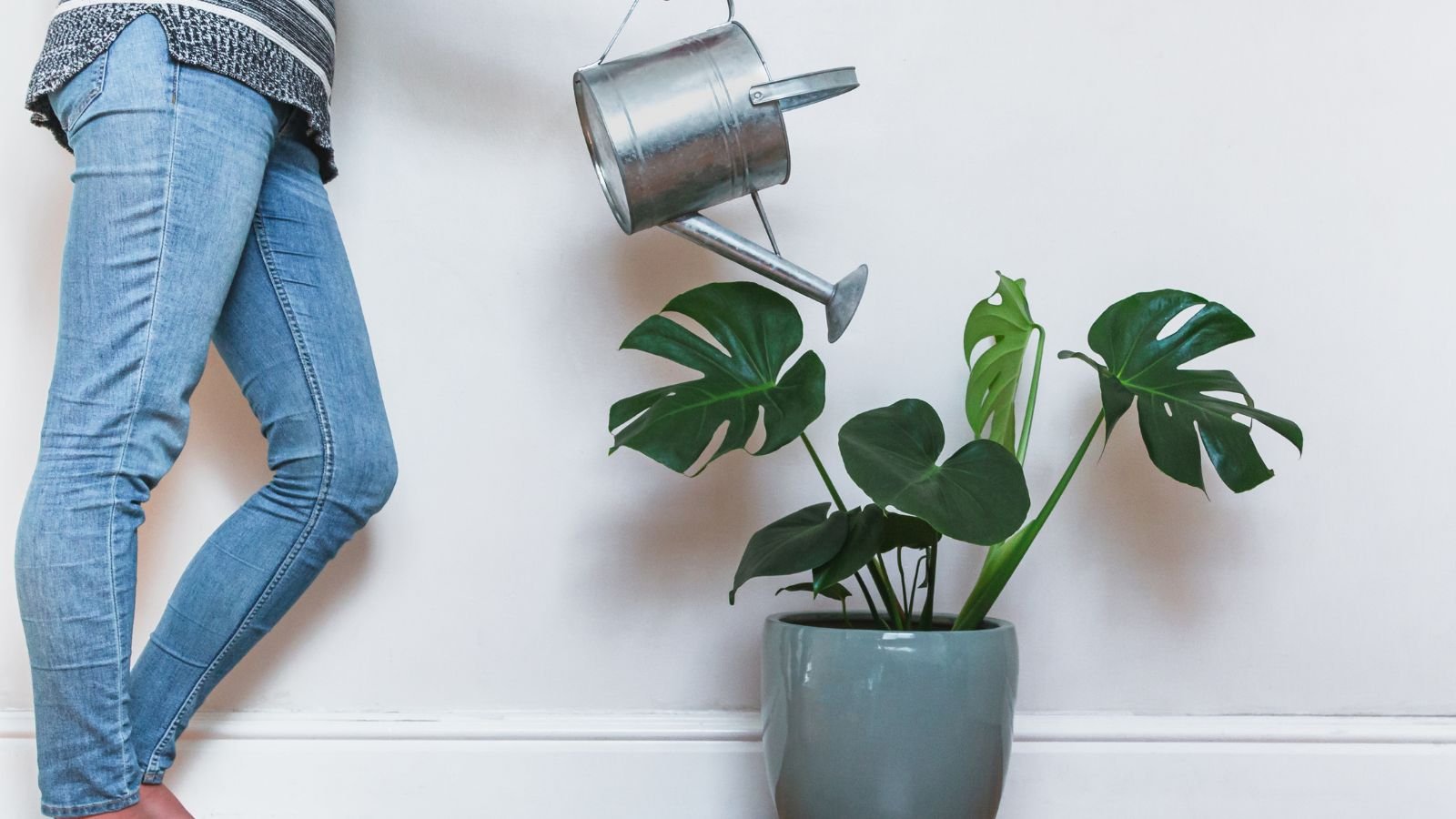

Fixed and even moisture is important for rising the Rhaphidophora tetrasperma. They like even moisture all the time, nevertheless they’ll’t tolerate soggy, muddy soil circumstances. It’s most interesting to test with a fingertip to see if the soil nonetheless feels moist sooner than watering. If it does, then depart the pot alone for now and check as soon as extra the next day. Water calmly when wished to keep up that even moisture diploma.
All through the cooler months of the yr, you gained’t should water as usually as in the middle of the spring or summer season season. After they’re in energetic improvement, they’ll need further water. Study the soil in your pot day-after-day all through these events!
Tropical vegetation like Rhaphidophora tetrasperma favor the humidity to be a bit bigger spherical it than one would anticipate. Humidity of 50-60% is an environment friendly diploma to intention for straight throughout the plant. Use a humidifier, or place your pot on prime of a pebble tray with water coming halfway up the pebbles. Evaporation will current additional humidity correct the place it desires it.
Soil
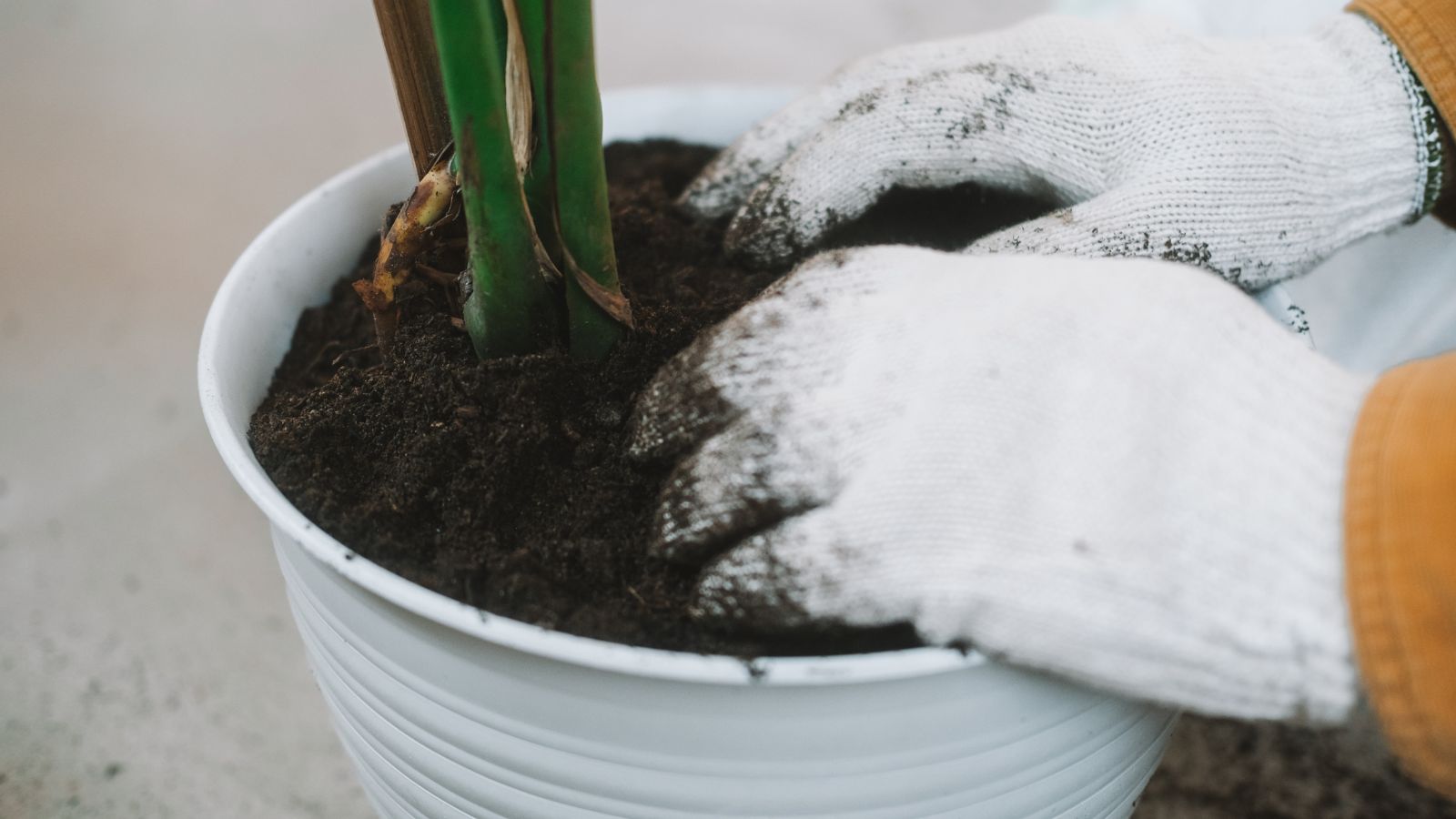

Successfully-draining, organic-rich loamy soil is an environment friendly base for this plant. Add a little bit of peat moss or orchid bark to supply additional drainage whereas nonetheless holding some moisture. Perlite may improve drainage. Avoid potting mix that turns into waterlogged, or that is excessively sandy. A pH diploma of 6.0-6.5 have to be constructive to your houseplant.
Temperature
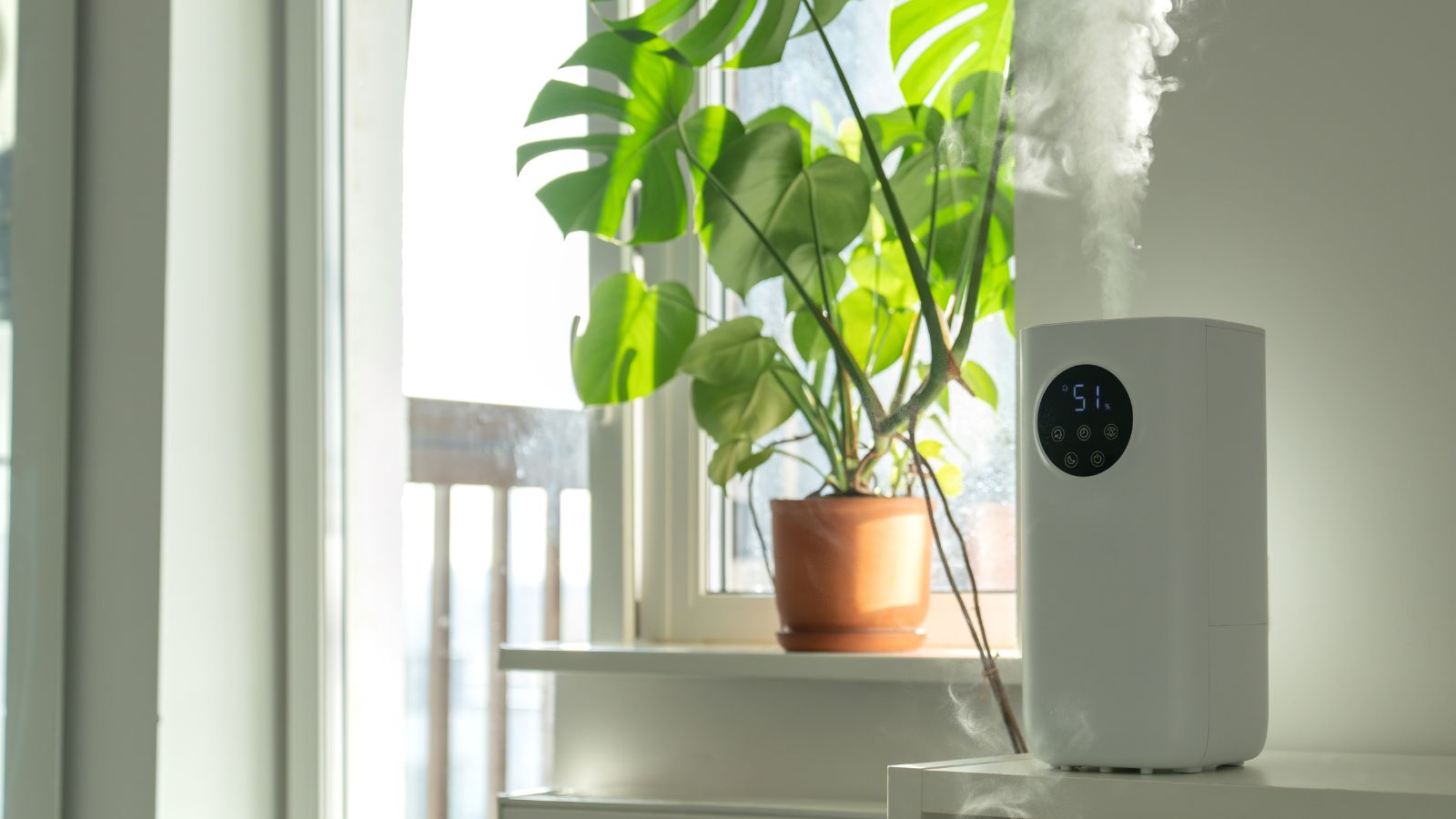

Very good temperatures are between 55-85°F (13-29°C). It is tolerant of barely cooler temperatures nevertheless isn’t frost-hardy. It’s grown in zones 9b-12 nevertheless performs most interesting in zone 11. For zones 9b-10, it have to be launched indoors if it’s underneath 55°F (13°C). Guarantee it has a great deal of vivid indirect delicate wherever it’s positioned!
Fertilizing
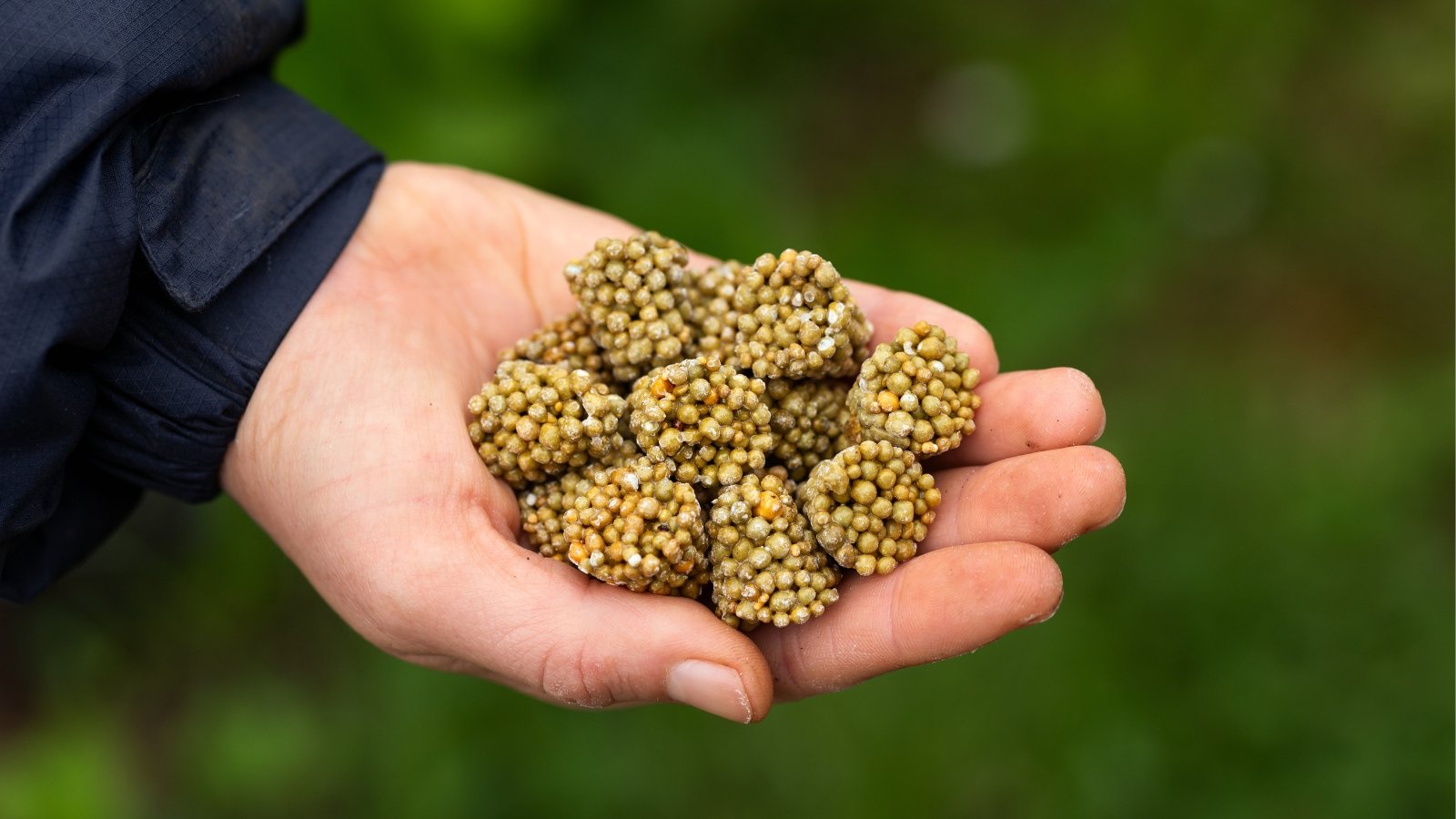

A balanced, high-quality fertilizer that lacks urea or completely different harsher chemical compounds is hottest. Rhaphidophora tetrasperma have very delicate roots and are susceptible to fertilizer burn. Go for a slow-release balanced pure fertilizer to chop again the potential for burning.
There are numerous strategies for this plant, nevertheless all agree on one degree – it enjoys frequent fertilizing all via its energetic rising half. A month-to-month routine is most interesting for liquid pure fertilizers, and biweekly for carefully diluted chemical liquid fertilizers. For slow-release pure fertilizers, observe the producer’s directions and don’t overdo it.
Repairs
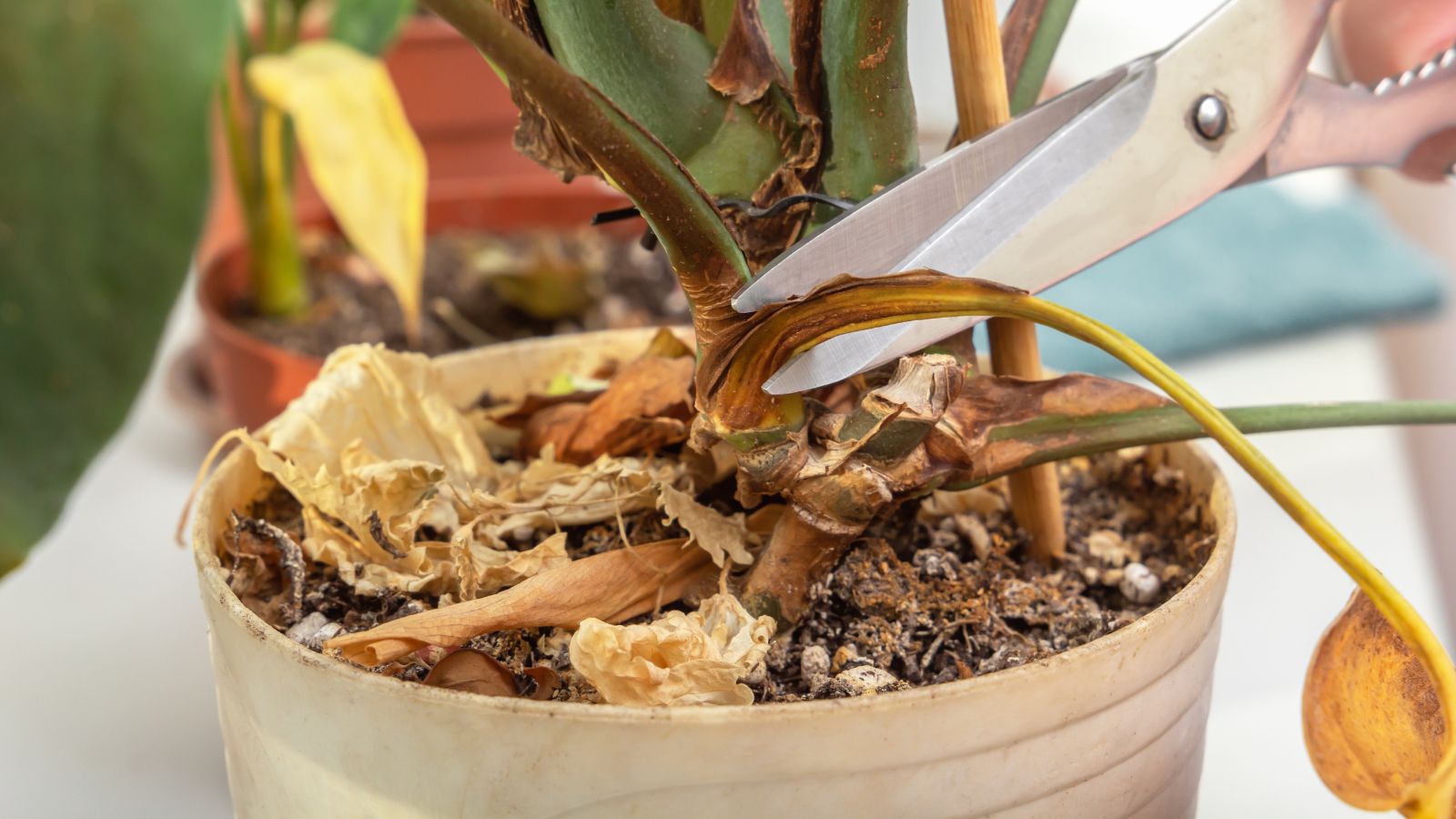

When repotting, be gentle with the plant. Take away it from its pot and filth the older soil away from the muse system. Study for indicators of root rot and take away any that has long-established with a sterile knife or pruning snips, being constructive to sterilize as soon as extra between cuts. Repot on the similar depth it was beforehand collectively along with your prepared and on the market potting mix.
Every pruning and training are needed for this plant. As a climber loves to carry onto one factor, providing a sturdy trellis, moss pole, or robust stakes is critical. As a result of it turns right into a mature plant, its aerial roots will latch onto the make it easier to’ve provided, nevertheless you can assist via the usage of strips of sentimental materials (outdated t-shirt supplies is right) or a big plastic plant assist tape.
Pruning is normally executed to remove diseased or pest-damaged supplies and to keep up it at a specific dimension. It could even be used to chop again leggy improvement ensuing from too little delicate reaching one side of the plant. Use clear snips to neatly cut back off further improvement, nevertheless do not take off an extreme quantity of of the plant at any given time. Decreasing it by as a lot as 25% is okay, nevertheless previous that, you’re risking damage to your houseplant.
Propagation
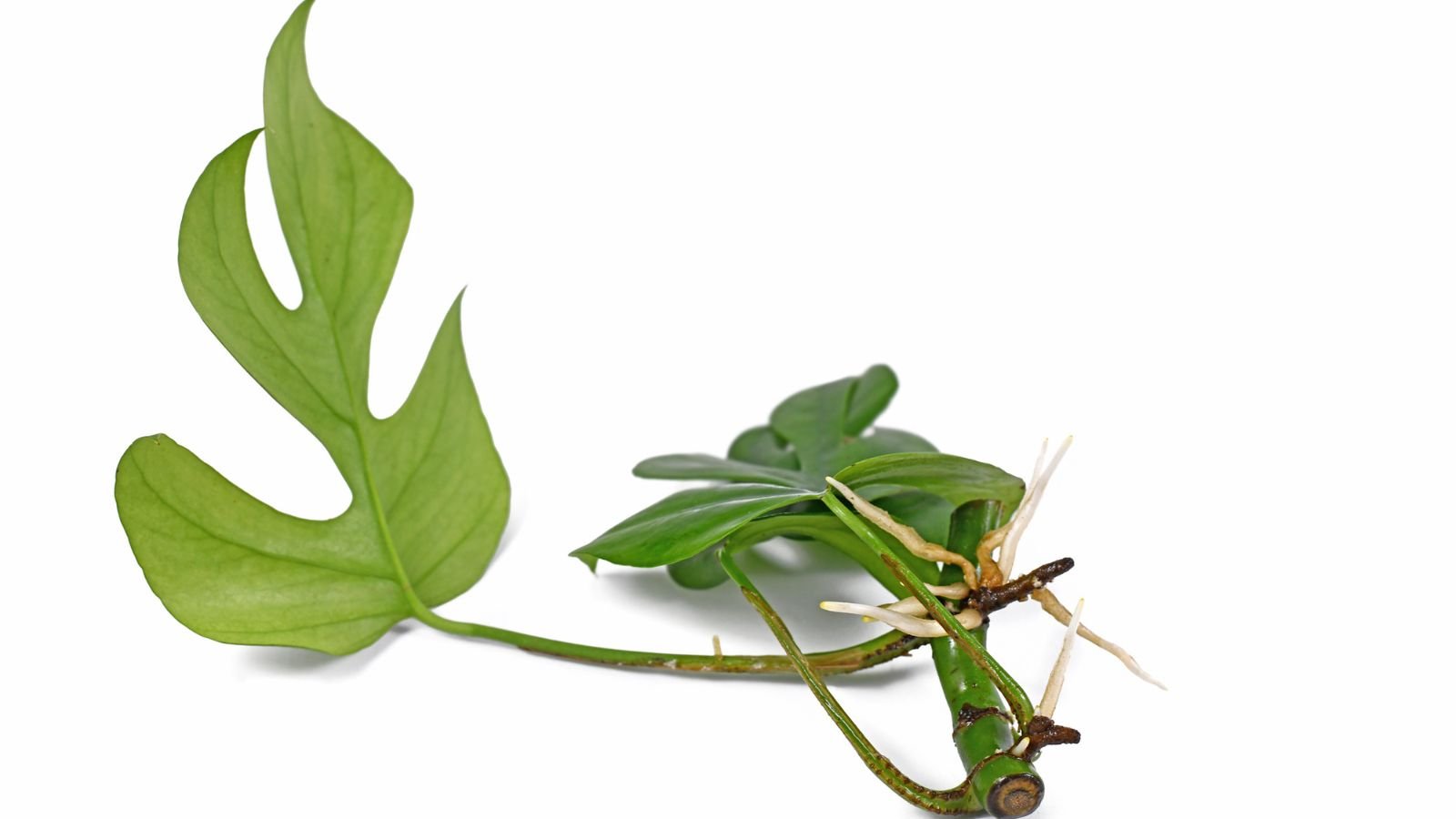

Rhaphidophora tetrasperma propagation is surprisingly simple. Select a healthful stem chopping with at least only a few leaf nodes. Set your stem chopping proper right into a glass of water or moistened potting soil. Make it doable for the underside leaf node is beneath the ground. Roots will kind from that point.
If using water, change it out for modern at least as quickly as per day. As quickly because the roots are at least an inch or two prolonged, you can change your cuttings proper right into a potting mix. With ones started straight throughout the mix, maintain the chopping alive and anticipate at least only a few weeks, then very calmly pull on it to see if there’s resistance. If there’s, roots have long-established, and you will take care of it as a model new plant.
Widespread Points
R. tetrasperma isn’t notably troublesome to develop, nevertheless can face a handful of points. Let’s go over these and the proper strategy to resolve them if they appear.
Rising Points
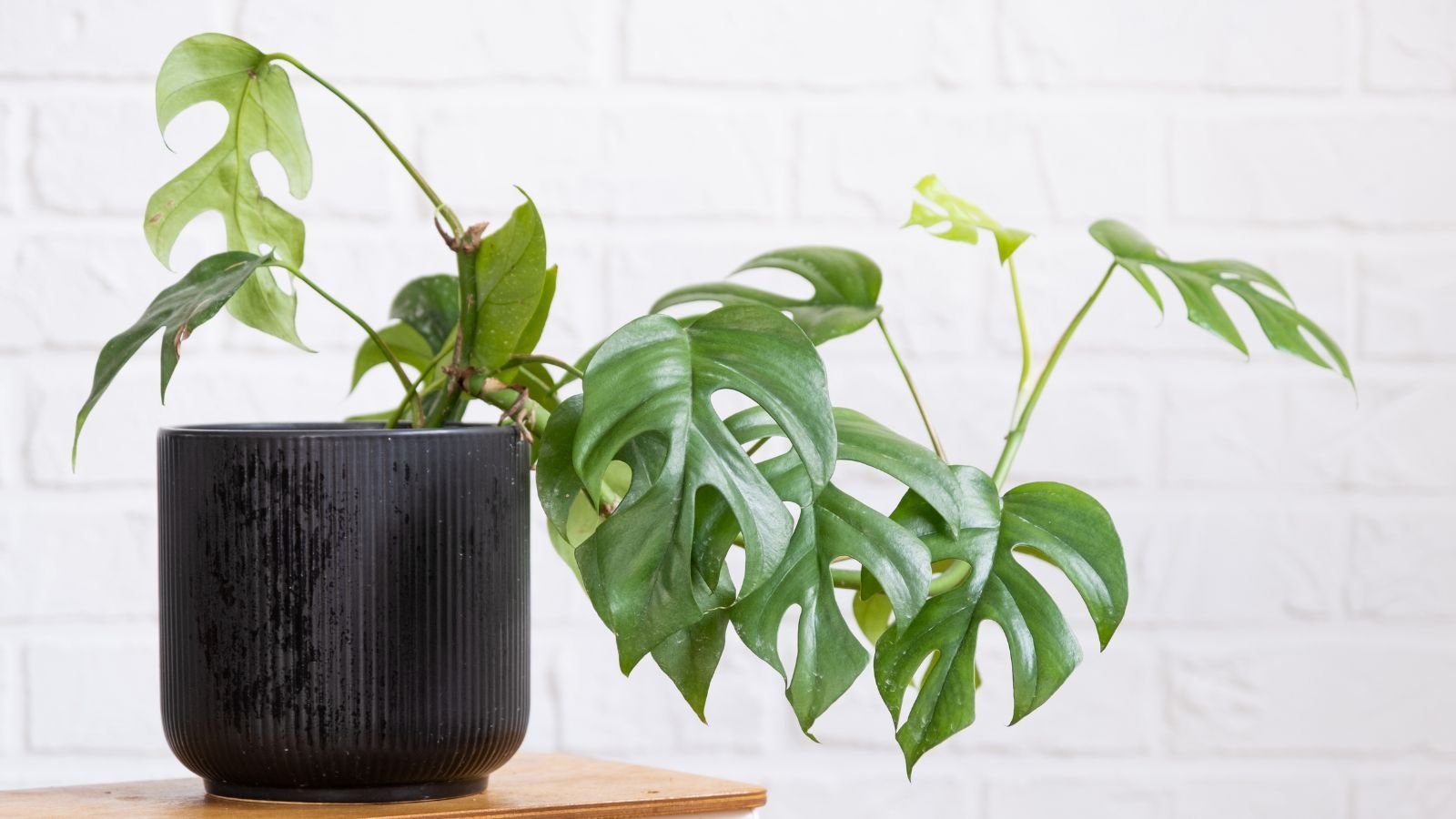

A number of the widespread factors for gardeners is that they uncover it’s rising leggy. It’ll ship out additional improvement if it’s not receiving ample delicate. Whereas vivid indirect delicate is most interesting for this plant, guarantee it receives quite a few it! If wished, small portions of direct photo voltaic may assist. Turning the plant generally so that each one of it has entry to the sunshine may help in the reduction of legginess and promote healthful improvement.
Whereas your Rhaphidophora tetrasperma positively likes fixed moisture, you should not water it daily. Excessive watering can lead to circumstances optimum for fungal root rot enchancment. Monitor the moisture throughout the soil and solely water your pot if essential.
Pests
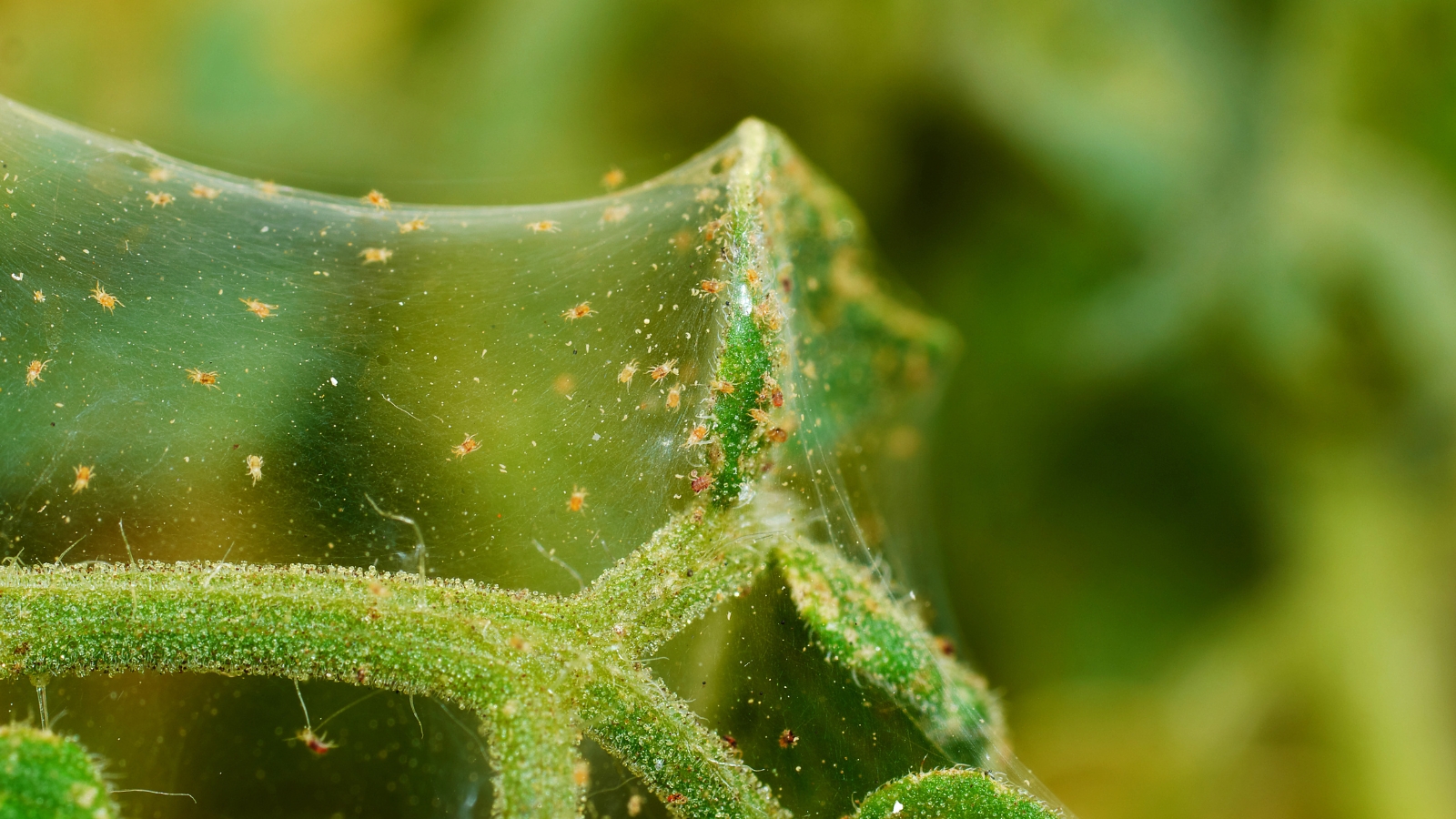

The most typical pest is spider mites. These annoying little pests may set off damage to the leaves and stems as they suck the sap out. They’re laborious to see, nevertheless the damage they set off consists of yellow leaves or speckled leaf surfaces and occasional scarring to the leaf.
Assure there’s ample humidity to keep up spider mites from colonizing your plant. They tend to benefit from dry and dusty areas most. Use neem oil to combat these annoyances.
Diseases
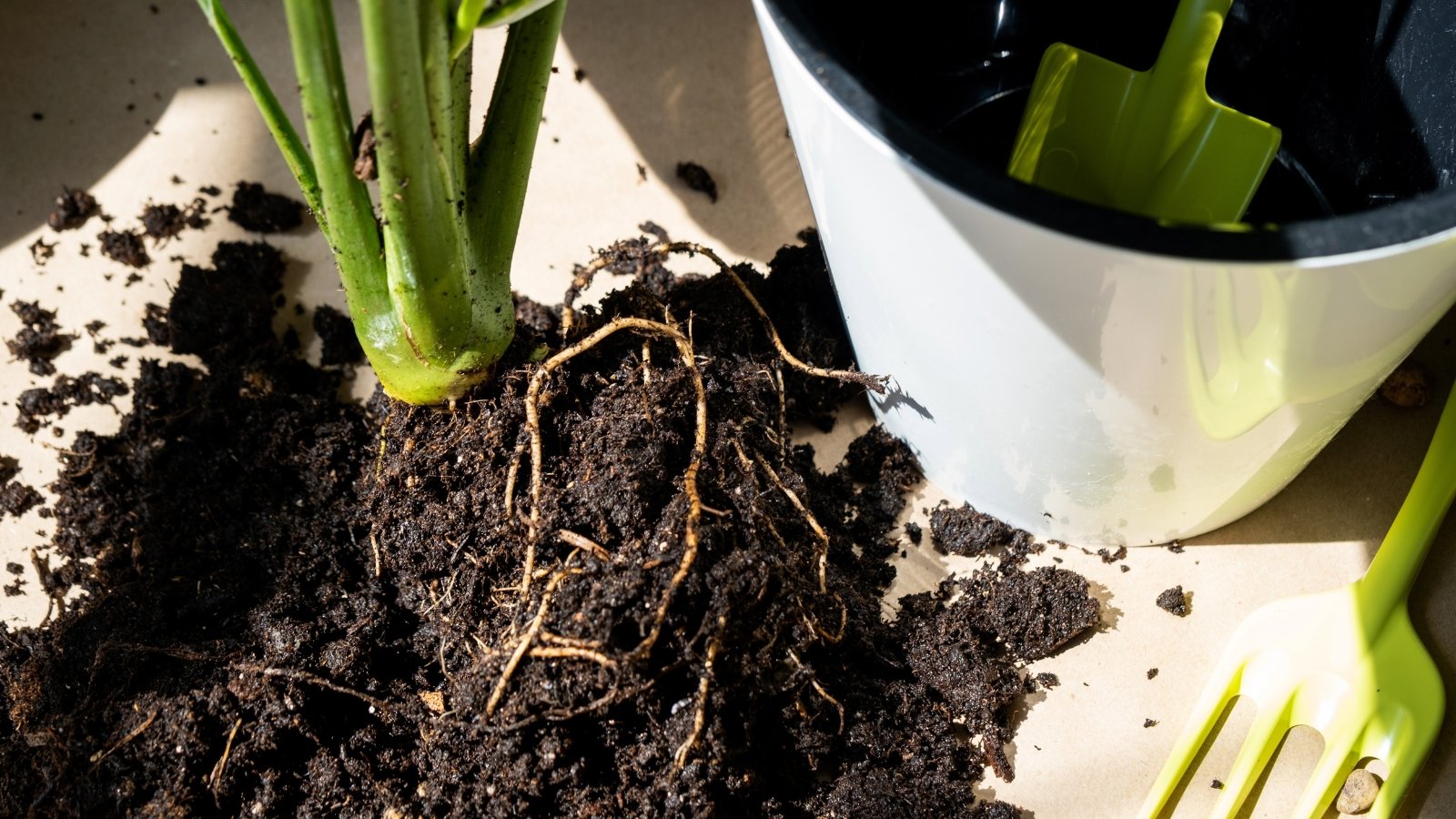

A stubborn and sturdy plant, it appears impervious to quite a few widespread plant diseases. What it should presumably’t take care of is fungal root rot. This example, introduced on by soil-borne fungi, can devastate your Rhaphidophora tetrasperma.
Whereas there’s little to no choice to take care of this case as quickly because it varieties, prevention is significantly better than in search of a therapy. Protect the soil damp, nevertheless not soggy. Avoid standing water throughout the plant. Chances are high you will want to consider better-draining soil for individuals who’ve already wanted to trim rotten roots away all through a transplant.
Incessantly Requested Questions
Like Monstera deliciosa and completely different members of the Araceae family, R. tetrasperma has calcium oxalates in its sap. These insoluble provides could trigger numerous points to small animals, along with drooling, vomiting, oral irritation, and burning, or downside swallowing. Protect this out of attain of your pets.
They’re two utterly completely different species of vegetation. Intently related, nevertheless they’re two utterly completely different species. M. deliciosa is a quite a bit greater plant, and Rhaphidophora tetrasperma resembles it (which is why it’s usually often known as “mini monstera”), nevertheless they’ve utterly completely different rising tendencies. Their care is type of comparable, and every make pretty vegetation to develop, nevertheless Rhaphidophora has smaller leaves and does not kind any edible fruit.
Because of the muse system grows quickly, you’ll have to avoid small pots. Go for one factor deeper and wider than the muse ball.
It’s unusual to hunt out this plant throughout the wild ensuing from reducing habitat.
Positive. Current a trellis or assist for it to develop on.
Prune any leggy improvement to promote bushiness.
Give it water every week or so, or when the soil is dry on the dimensions of your finger tip.
[ad_2]
Provide hyperlink
